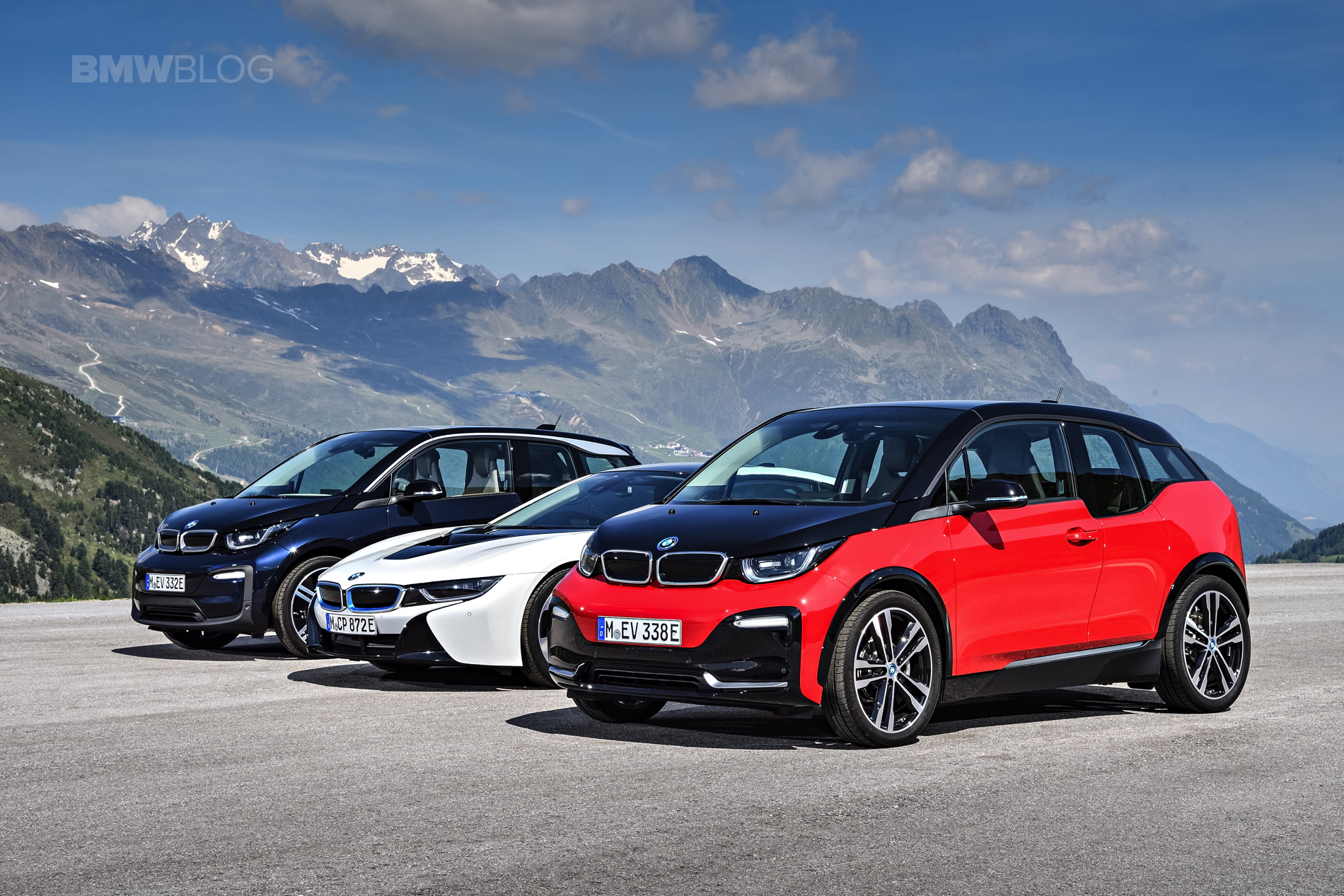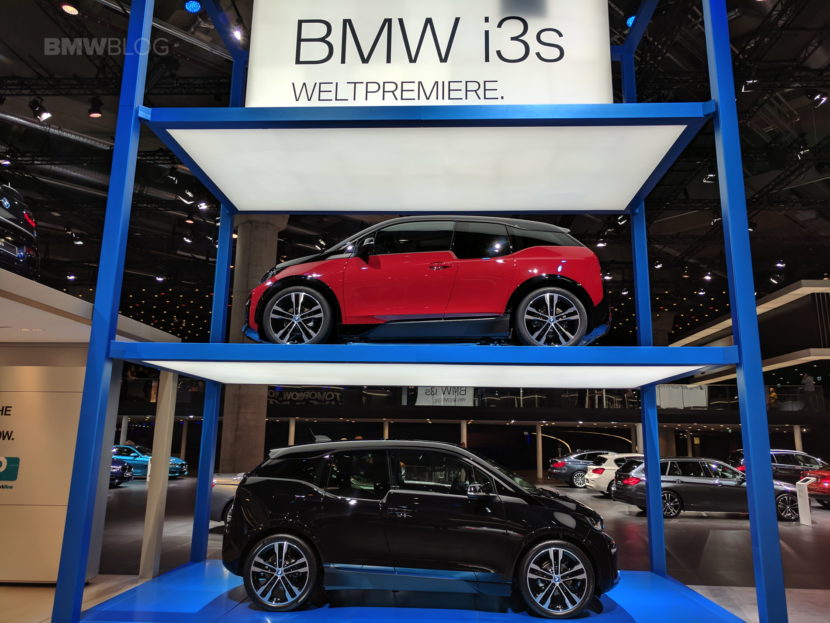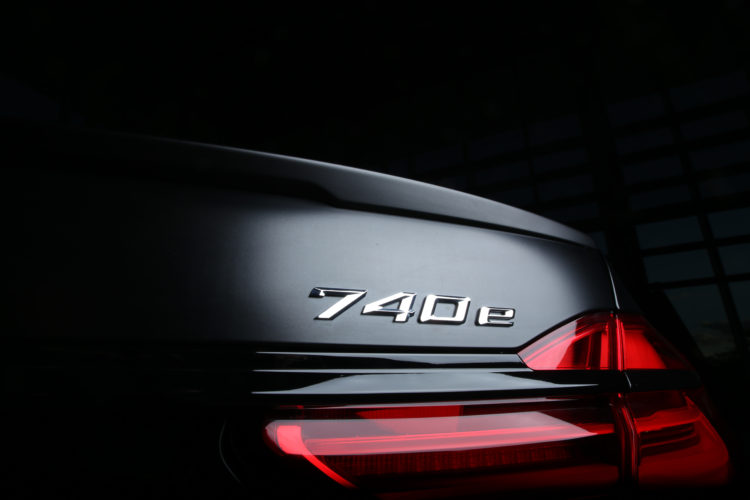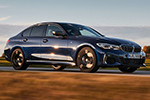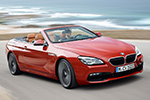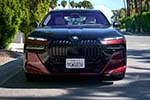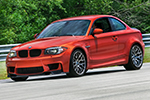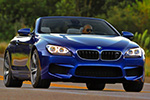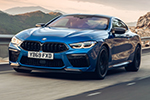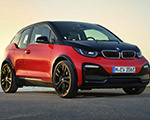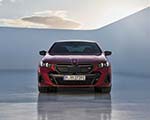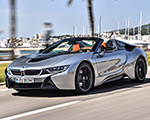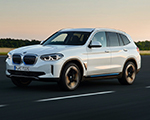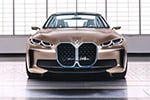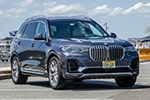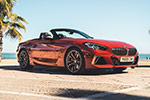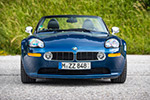At the 2017 Frankfurt Auto Show, BMW has unveiled not one, but three important updates to the BMW i electric family. The first one was the exciting and glamorous BMW i Vision Dynamics, a concept which will arrive in 2020. The four-door Gran Coupe is not a classic concept car, but a preview of a real standard vehicle: the study of today will come as a standard vehicle on the road in 2021 with a range of 600 kilometers. It will also have the ability to sprint from 0 to 100 in 4.0 seconds and a top speed of over 200 km/h.
The next two upgrades were mostly aesthetic without much improvement to the tech side. The i3 facelift comes to fix some of the quirkiness of the original electric city car, while the i3 S aims to deliver a sportier ride to those i3 customers that enjoy the driving feel of a “conventional” BMW. For 2017-2018 models, the BMW i3 features a 94 Ah battery, compared to the previous i3’s 60 Ah battery, good for 114 miles of range in the all-electric version – a 41% improvement over the earlier BEV version of the car.
Yet a longer driving range i3 is scheduled for 2018 which will give customers more than 200 miles on a single charge.
To learn more about the status of the i division, including the iPerformance models, we sat down at the show with Dirk Arnold, the man in charge to steer the electric division towards the future.


